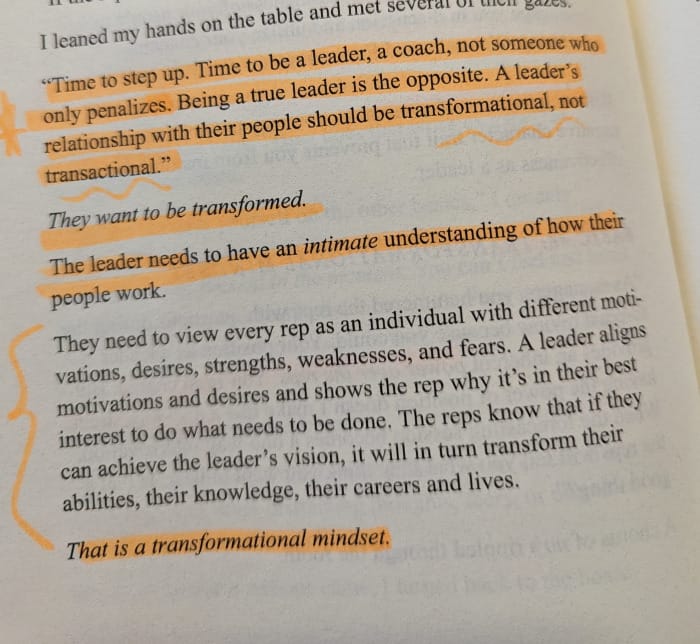Transformational Versus Transactional Leadership
John McMahon, a five time Chief Revenue Officer, talks about how helping people to grow is a sign of true leadership.

Leadership is a strange thing. It's hard to determine what leadership really is. At one company I worked for I had an opportunity to speak with the CEO a number of times regarding the definition of leadership. He had a specific view on it in that he felt leadership was the ability get people to do what we needed them to do in order for the company to succeed, but to do it in a way that made them feel like it was their idea. He put it more succinctly, in that he felt it was an ability to lead people into "battle" and, through example, get them to go over that hill, so to speak–that the way to get them to charge was to be the first one up the hill.
That is a pretty powerful and unique definition of leadership. However, there are many definitions and what leadership is–we live in a highly nuanced world.
Recently I read the book The Qualified Sales Leader which has another definition that I like, based around the idea of transformation.

In it, John McMahon talks about the difference between transactional and transformational leadership. Where transactional is effectively either you can do the job or not, and if not, then leaderships job is to move you out and someone else in, as in this is simply yet another transaction that needs to occur, to punish people for failure. This is opposed to transformational situation, where the leader helps the employee changes and grow with the company over time; the employee becomes what the company needs.
A leaders relationship with their people should be transformational, not transactional. [People] want to be transformed. The leader needs to have an intimate understanding of how people work. They need to view every rep as an individual with different motivations, desires, strengths, weaknesses, and fears. A leader aligns motivations and desires and shows the rep why it's in their best interest to do what needs to be done. The rep knows that if they can achieve the leaders vision, it will in turns transform their ability, their knowledge, their careers and lives. That is a transformational mindset. - John McMahon
Here's what I highlighted in the book.

If you want to listen instead of read, in the Grit podcast below, McMahon discusses his leadership message.
- Find people with PHDs - persistence, heart, and desire
- People need to be coachable AND adaptable. Companies change over time, and what the company needs from its people also changes.
- Leaders show through their actions that they care.
- That, as a leader, if you take people and get them to the "next level" they'll stick around and help the company over a long period of time. They won't leave.
Being a leader is a difficult job, and I like what McMahon says in his book and the podcast about transformation over transaction.
